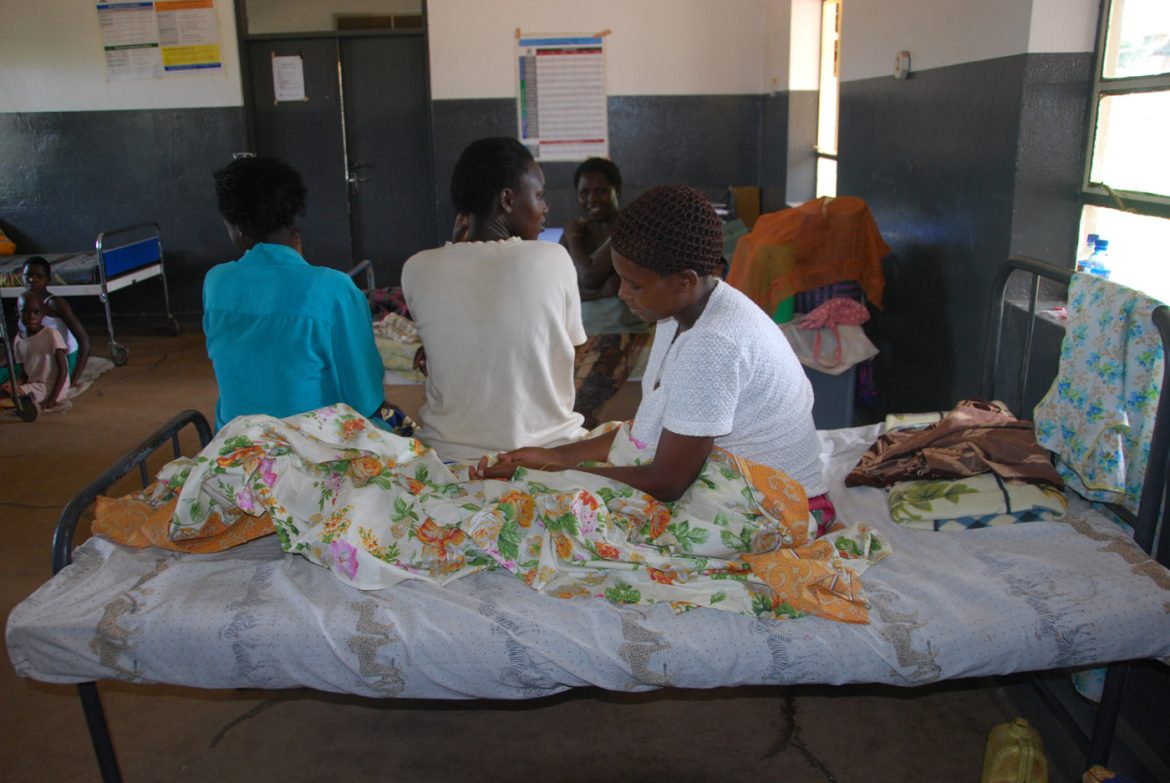A new health sector report has revealed alarming lapses in linen management across Uganda’s healthcare system, with 9 out of every 10 health facilities reportedly failing to follow proper hygiene protocols. According to the findings, poor handling and cleaning of hospital linens — such as bedsheets, gowns, towels, and curtains — is contributing to a rise in hospital-acquired infections (HAIs), putting both patients and healthcare workers in danger.
Medical experts are sounding the alarm, describing the issue as a “silent crisis” within Uganda’s health sector. They warn that dirty hospital linens are acting as hidden vectors for disease transmission, particularly in under-resourced public hospitals where laundry standards are either outdated or completely neglected.
Common infections linked to dirty linens include skin conditions, Hepatitis B, HIV, and other bloodborne illnesses. In some extreme cases, experts report that patients admitted for unrelated conditions are leaving hospitals with infections picked up from contaminated bedding or improperly laundered gowns.
Pregnant women are among the most vulnerable. At many public health centers, expectant mothers are handed gowns and delivery sheets previously used by other women, often without undergoing thorough disinfection. This exposes them—and their newborn babies—to life-threatening complications.
One such case was shared by a midwife at a district hospital who, speaking under anonymity, said: “Sometimes we are forced to reuse sheets because the clean ones are not available. We warn the mothers to bring their own if they can, but not all can afford to.”
Thaddeus Jude Jjuuko, the Head of Linen Services in Uganda’s Ministry of Health, acknowledged the challenge. While he praised a few hospitals for showing progress in upgrading their laundry systems and embracing better practices, he admitted that “serious gaps remain” nationwide.
“Hospital linens are not just fabric,” Jjuuko stated. “They come into direct contact with skin, blood, bodily fluids and wounds. If not cleaned and disinfected properly, they become sources of infection.”
Jjuuko further encouraged patients and caregivers to demand clean linen and hold health institutions accountable for hygiene. “People must understand that demanding clean linen is not a luxury, it’s a basic patient right. Hospitals must also invest in disinfected, durable fabrics that can withstand multiple washes without compromising safety.”
Experts say many hospitals in Uganda still rely on manual washing methods using water and basic soap, often without the required temperature control, disinfectants, or proper drying facilities. In some rural health centers, laundry is spread on the grass under the sun to dry — a method that may reduce odor but not eliminate pathogens.
Dr. Sarah Nabunya, a Kampala-based infection control specialist, noted that this neglect of linen hygiene often reverses the progress made in other infection control areas. “You can have handwashing stations and sterilized tools, but if you’re laying patients on bedsheets filled with bacteria, you’ve undone all that work,” she said.
The report urges immediate investment in industrial laundry systems, staff training, and regular linen audits. Stakeholders are also pushing for a national linen hygiene policy, as current guidelines remain weak or inconsistently enforced.
Civil society groups are also raising awareness, encouraging patients to carry their own clean fabric or cover cloths when attending public hospitals. But campaigners say the burden should not rest solely on individuals.
“Infections picked up inside hospitals are preventable,” said Judith Akello of the Uganda Health Rights Forum. “We can’t have a system that tells poor patients to bring their own bedsheets because the hospital ones are too risky. That’s not health equity.”
As Uganda works to strengthen its public health systems, addressing the silent threat of poor linen hygiene may be a key step in reducing preventable illnesses and restoring public trust in health facilities.
